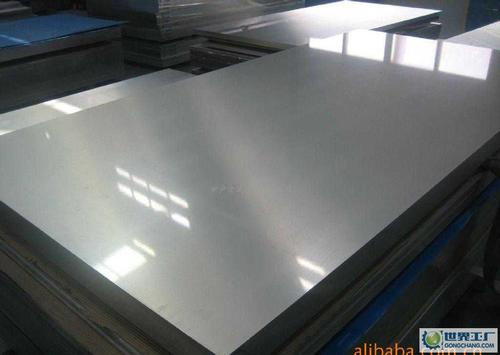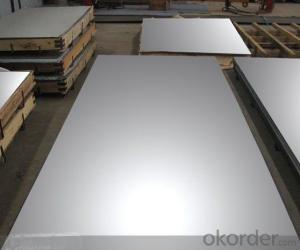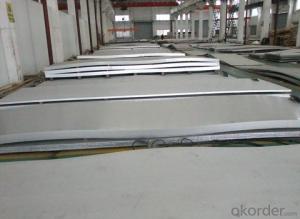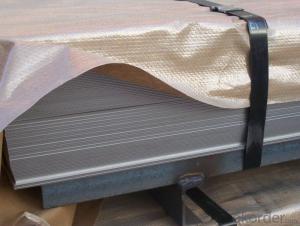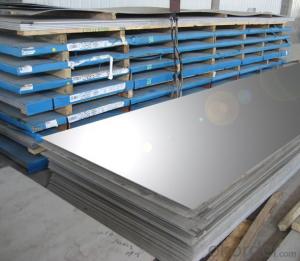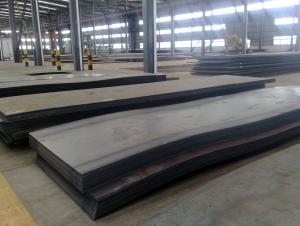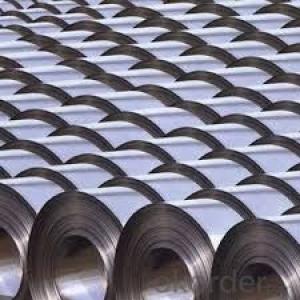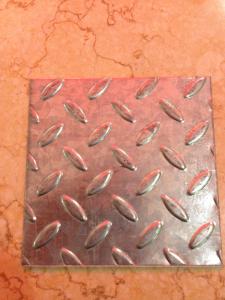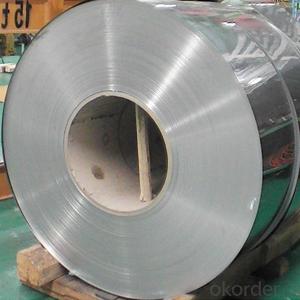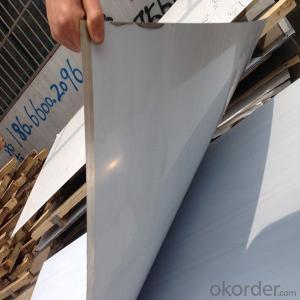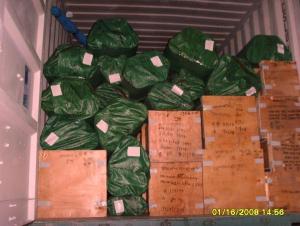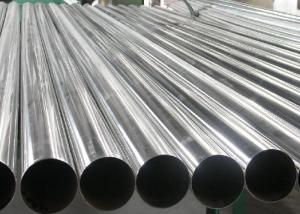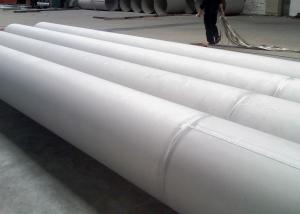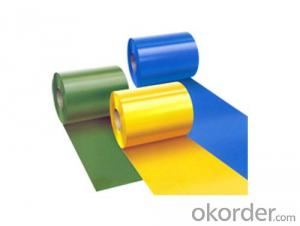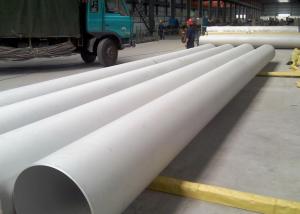stainless steel hot rolled 201
- Loading Port:
- Tianjin
- Payment Terms:
- TT OR LC
- Min Order Qty:
- -
- Supply Capability:
- 5000 m.t./month
OKorder Service Pledge
Quality Product, Order Online Tracking, Timely Delivery
OKorder Financial Service
Credit Rating, Credit Services, Credit Purchasing
You Might Also Like
grade | 201,301,304,310,316,410,420,430,etc. |
surface | 2B,NO.1, NO.4, Mirror, Hairline, etc. |
thickness | 1MM, |
width | 1200MM,1220MM,1500MM,ETC. |
length | 2400MM,2440MM,3000MM,ETC. |
Payment terms | T/T, or L/C. |
Delivery time | Normally within 1 weeks after get your deposits. |
package | Standard export package, normally with wooden pallets |
MOQ | 5 tons/each size |
Our stainless steel sheet have different grades and surfaces,
we have some stocks in warehouse, so , our delivery time is very short.
- Q: What is the maximum operating temperature for stainless steel sheets?
- The maximum operating temperature for stainless steel sheets can vary depending on the grade of stainless steel, but it typically ranges between 1500-1650°F (816-899°C).
- Q: Are stainless steel sheets suitable for food storage containers?
- Yes, stainless steel sheets are highly suitable for food storage containers. Stainless steel is a durable and non-reactive material that does not leach harmful chemicals into food. It is resistant to corrosion, easy to clean, and can maintain the freshness and quality of stored food for extended periods. Additionally, stainless steel is non-porous, preventing the absorption of odors or flavors.
- Q: Can stainless steel sheets be used for food preparation surfaces?
- Food preparation surfaces can indeed utilize stainless steel sheets. The reason behind stainless steel's popularity for such surfaces is its remarkable characteristics. Being non-porous, it avoids the absorption of any liquids or bacteria that can contaminate the food. Moreover, stainless steel exhibits resistance to corrosion, staining, and rusting, thereby ensuring its durability and longevity for food preparation surfaces. Furthermore, stainless steel can be easily cleaned due to its ability to withstand high temperatures and resistance to most cleaning agents. This fact makes it a hygienic option for food preparation surfaces, as it allows for thorough sanitization to prevent bacterial growth. In conclusion, stainless steel sheets provide a secure and practical alternative for food preparation surfaces.
- Q: What are the different sizes available for stainless steel sheets?
- Stainless steel sheets are available in various sizes, ranging from small sheets measuring a few inches in width and length, to larger sheets that can be several feet wide and long. The specific sizes available depend on the manufacturer and the intended use of the stainless steel sheets.
- Q: How do you cut intricate designs in stainless steel sheets?
- One effective way to cut intricate designs in stainless steel sheets is by using a laser cutting machine. Laser cutting technology allows for precise and intricate cuts, making it ideal for complex designs. The laser beam melts, burns, or vaporizes the material, resulting in a clean and accurate cut without the need for additional finishing. This method ensures high-quality and precise cuts in stainless steel sheets.
- Q: Are stainless steel sheets suitable for architectural handrails or guardrails?
- Yes, stainless steel sheets are highly suitable for architectural handrails or guardrails. Stainless steel is known for its durability, corrosion resistance, and aesthetic appeal, making it an ideal material for such applications. Its strength and long-lasting properties ensure the handrails or guardrails can withstand heavy usage and harsh weather conditions while maintaining a sleek and modern appearance.
- Q: Are stainless steel sheets suitable for railway applications?
- Yes, stainless steel sheets are suitable for railway applications. Stainless steel has excellent corrosion resistance properties, making it ideal for use in environments where there is constant exposure to moisture, chemicals, and other harsh conditions, such as railway tracks. Additionally, stainless steel sheets have high strength and durability, which is crucial for withstanding heavy loads and vibrations associated with railway operations. The material also offers good heat resistance, allowing it to maintain its structural integrity even in high-temperature environments like railway brakes. Furthermore, stainless steel sheets can be easily formed and fabricated into various shapes and sizes, making them versatile for different railway components such as cladding, paneling, and structural elements. Overall, stainless steel sheets provide a reliable and long-lasting solution for railway applications, ensuring the safety and performance of the railway infrastructure.
- Q: What is the electrical conductivity of stainless steel sheets?
- The electrical conductivity of stainless steel sheets can vary depending on the specific grade and composition of the stainless steel. Generally, stainless steel is not known for its high electrical conductivity compared to other metals such as copper or aluminum. However, it still possesses some level of electrical conductivity. The electrical conductivity of stainless steel is typically lower than that of most metals because it contains a higher proportion of non-conductive elements such as chromium and nickel. Stainless steel is often chosen for its corrosion resistance rather than its electrical conductivity. However, it can still be used in certain electrical applications where moderate conductivity is acceptable.
- Q: Can stainless steel sheets be used for medical instrument trays?
- Yes, stainless steel sheets can be used for medical instrument trays. Stainless steel is a common material used in medical settings due to its durability, resistance to corrosion, and ease of cleaning. It is suitable for maintaining a sterile environment and can withstand repeated sterilization processes without degrading.
- Q: How do you remove water spots from stainless steel sheets?
- To remove water spots from stainless steel sheets, you can mix equal parts vinegar and water in a spray bottle and spray the affected areas. Let it sit for a few minutes, then wipe it off with a soft cloth. Additionally, you can use a stainless steel cleaner or polish specifically designed for removing water spots.
Send your message to us
stainless steel hot rolled 201
- Loading Port:
- Tianjin
- Payment Terms:
- TT OR LC
- Min Order Qty:
- -
- Supply Capability:
- 5000 m.t./month
OKorder Service Pledge
Quality Product, Order Online Tracking, Timely Delivery
OKorder Financial Service
Credit Rating, Credit Services, Credit Purchasing
Similar products
Hot products
Hot Searches
Related keywords

